|
White Christmas has a famous scene about sandwiches. In it, Bing Crosby (playing Bob Wallace) waxes lyrical on the types of women he dreams about when he eats various sandwiches as a bedtime snack. Rosemary Clooney (playing Betty Haynes) teasingly asks him what he dreams about when he eats liverwurst. Bob shudders in response. I'll be honest - I've never had liverwurst. Some people love it, some people hate it. Maybe someday I'll try it, but my vegetarian friend saved the day. The phrase "lentilwurst" popped into my mind and I decided to run with it. This recipe is the only one that isn't based on a historical recipe (for obvious reasons), but lentils were around in the 1950s and were used as a vegetarian substitute for meat. This recipe also takes after slightly the infamous vegetarian bean loaves and nut loaves of the late 19th and early 20th century. In fact, one of the recipes I considered for the menu was "Boston Roast," which is a take on meat loaf, only made with beans (hence Boston) instead. I based my recipe loosely on this one, but with a few tweaks of my own. Here's my version, which you could easily make vegan by using olive oil or butter substitute, and vegan mayonnaise. Lentilwurst (a.k.a. Vegetarian Liverwurst)1 cup red lentils 1 1/2 cups water 1/4 cup butter (half a stick) 1 pint baby bella mushrooms 1 teaspoon dried sage (not ground - use 1/2 teaspoon if using ground) 1 teaspoon smoked paprika 1/2 teaspoon ground ginger 1/2 teaspoon ground mace (can use nutmeg instead) 1/2 teaspoon black pepper 1/2 teaspoon onion salt 2 heaping tablespoons mayonnaise Rye bread Dijon mustard In a 2 quart saucepan, bring lentils and water to a boil, then reduce heat and cook until lentils are very soft and have absorbed all water (watch out for boiling over and stir occasionally). Meanwhile, clean and finely mince mushrooms. When the lentils are done, remove to a glass dish to cool. Wash the same saucepan and add the butter and spices. When butter is melted, add mushrooms and cook over medium to medium-low heat until the juices and butter are largely reduced. Mix mushrooms, lentils, and mayonnaise until well combined. Chill in a glass container in the fridge. When ready to serve, slice or spread onto rye bread that has been thinly spread with mustard. Eat open faced or closed. The lentilwurst sandwiches were the surprise hit of the evening. Everything on the menu was good, but this was so good I was very sad I hadn't made a double batch, and have since gone out and bought more mushrooms precisely so I can make more. The mushrooms and lentils gave it a meaty texture, and the salty, spicy flavors of the seasonings went very well with the rye bread and mustard (traditional liverwurst sandwich ingredients). I did not add onions or pickled onions to the sandwiches as I had considered, but that would be another lovely addition. We gobbled this right up with no regrets. Do you think lentilwurst goes with White Christmas (1954)? Let me know in the comments! And be sure to follow the White Christmas tag or visit the original menu post for the rest of the White Christmas Dinner and a Movie menu. Want to see more Dinner and a Movie posts? Make a request or drop your suggestions in the comments! The Food Historian blog is supported by patrons on Patreon! Join us for awesome members-only content like free digitized cookbooks from my personal collection, e-newsletter, and even snail mail from time to time!
0 Comments
For those of you who have been following along, this is part of my "Dinner and a Movie: White Christmas" series! I wanted something to go nicely with the Vermont Parsnip Chowder, so I thought Vermont Graham Muffins would do very well, indeed. Graham flour is entire wheat flour (not to be confused with regular whole wheat flour, which is usually just white flour with some of the wheat germ added back in). Named after 19th century health reformer Sylvester Graham, it was one of the only parts of his largely unpalatable health and religious reforms, many of which were later adopted by Seventh Day Adventist prophet Ellen G. White and even later by John Harvey Kellogg, that was widely accepted by the general public. Graham pudding, graham gems, graham bread, graham muffins and eventually, yes, graham crackers (which would have appalled Sylvester), were all prevalent in cookbooks throughout the 19th and into the 20th century. And Kellogg used graham flour in his "Granula" cereal. Graham flour came to be widely associated with New England in the late 19th and early 20th centuries. This particular recipe I found in the absolutely delightful The United States Regional Cook Book, edited by Ruth Berolzheimer. My edition was published in 1947. It has a whole section on New England foods (among others), and "Vermont Graham Bread" is included in the chapter, "Breads, Quick Breads, and Pancakes." Vermont Graham (or Rye) MuffinsThe original recipe is geared towards a loaf of bread, but who wants to wait a whole hour for bread when you can have muffins in half the time? I should also confess that after all the rhetoric about Graham flour, I could not find any in the store, and I thought I had regular whole wheat flour at home. Wrong. So I substituted rye flour (an equally New England ingredient) and it was delightful. So feel free to substitute whole wheat, rye, or even spelt flour, if you like. I also made my own "buttermilk" with a tablespoon of lemon juice per cup of whole milk, but this recipe would probably be a smidge more moist with real buttermilk. This is my take on the original recipe, with the listed additions for muffins. 1 cup all-purpose flour 1 1/2 teaspoons baking soda 1 teaspoon baking powder 1 teaspoon salt 1/2 cup packed brown sugar (feel free to use less) 2 cups buttermilk 2 cups graham flour (or rye) 4 tablespoons butter, melted (half a stick) Preheat the oven to 375 F. Grease a standard muffin tin. Whisk together the all-purpose flour, graham flour, baking soda and powder, salt, and brown sugar until well combined (try not to leave any brown sugar lumps, but don't worry if you do). Stir in the buttermilk and melted butter. Spoon into muffin tins (makes a dozen) and bake 30 minutes, or until muffins are golden brown and spring back to the touch. Remove from tins and cool on a wire rack. Serve warm with plenty of butter. These muffins taste slightly reminiscent of bran muffins, but are more like bread and less like the sugary sweet breakfast cakes most of us associate with the word "muffin." They are a bit sweet, so feel free to cut back on the brown sugar a bit if you're looking for something strictly more bread-like. They are best when served warm with butter, but are perfectly adequate cold as well. Do you think graham muffins go with White Christmas (1954)? Let me know in the comments! And be sure to follow the White Christmas tag or visit the original menu post for the rest of the White Christmas Dinner and a Movie menu. Want to see more Dinner and a Movie posts? Make a request or drop your suggestions in the comments! The Food Historian blog is supported by patrons on Patreon! Join us for awesome members-only content like free digitized cookbooks from my personal collection, e-newsletter, and even snail mail from time to time! For those of you who have been following along, this is part of my "Dinner and a Movie: White Christmas" series! I wanted to find a vegetarian main dish to go with the movie, and given that Christmastime is cold up here in New York, I thought soup would be something cozy and not too elaborate. In perusing some of my vintage cookbooks, I ran across this gem in the 1977 New York Times New England Heritage Cookbook by Jean Hewitt. Clam chowder is, of course, quintessentially New England, which seemed appropriate given that our Fabulous Quartet were headed to Vermont for the winter holiday. And clam chowder is one of my husband's favorites, but I'm allergic to shellfish. This recipe for Parsnip Chowder is attributed to Vermont, which makes sense given that that great state does not border the ocean. And since parsnips are a delightful, if underutilized, vegetable, I thought I would give this chowder a go. Because our friend is vegetarian, I did end up making a few changes. Vermont Parsnip Chowder (1977)Here's the original recipe (pictured above): 1/3 cup diced salt pork 2 onions, thinly sliced 2 1/2 cups peeled, cubed parsnips 1 cup peeled, cubed potatoes 2 cups chicken broth 4 cups milk, scalded 3 tablespoons butter salt and freshly ground black pepper to taste 1/3 cup rolled cracker crumbs 1. Sauté the salt pork in a large, heavy saucepan until the fat is rendered and the pork pieces are crisp. Remove the pieces and reserve. 2. Add the onions and sauté until golden. 3. Add the potatoes and parsnips and cook, stirring, three minutes. Add the broth, bring to a boil, cover, and cook over low heat until the vegetables are tender, about twenty-five minutes. 4. Add the milk, butter, and salt and pepper and bring to a boil. Stir in the cracker crumbs and reserved pork pieces. Yield: Eight servings. Okay, so, I did not make many changes, but I did make a few substantial ones, which I think turned out quite nicely. Here are my changes: 1/4 cup olive oil (or half a stick of butter) 1 tablespoon smoked paprika 2 onions, sliced 4 cups parsnips, peeled and cubed (about 3 large parsnips) 2 cups red potatoes, cubed (about 3 smallish ones, and I like the peel for texture) 3 cups water 1 cup heavy cream 3 cups whole milk garlic salt black pepper In a large pot over medium heat, bloom the paprika in the olive oil, then add the onions and sauté until tender. Add the parsnips and potatoes and stir to coat. Let cook until slightly browned in spots. Add the water and bring to a boil, then reduce heat and simmer, covered, until the vegetables are fork-tender. Add the heavy cream, milk, garlic salt, and pepper, and simmer, cover off, until the chowder thickens. Taste and add more salt if necessary. The parsnips and onions make it quite sweet. The chowder turned out beautifully - a thick, creamy texture with tender bits of parsnip and potatoes (the onions basically melted into the cream) and a lovely golden color. The cream really thickens the chowder up without the addition of crackers (although you could add saltines or oyster crackers if you want). We ate up the leftovers pretty quickly, and in some ways it was better the next day. What do you think? Is parsnip chowder something you would try? Do you think it goes with White Christmas (1954)? Let me know in the comments! And be sure to follow the White Christmas tag or visit the original menu post for the rest of the White Christmas Dinner and a Movie menu. Want to see more Dinner and a Movie posts? Make a request or drop your suggestions in the comments! The Food Historian blog is supported by patrons on Patreon! Join us for awesome members-only content like free digitized cookbooks from my personal collection, e-newsletter, and even snail mail from time to time! For those of you who have been following along, this is part of my "Dinner and a Movie: White Christmas" series! I chose this salad as a menu starter for a variety of reasons. One, because I enjoy grapefruit and wanted something relatively simple and refreshing to counter the heaviness of some of the other items on the menu. But also because grapefruit was a very typical appetizer and salad ingredient from the 1930s through the 1960s. Pink grapefruit was first commercialized in the late 1920s and by then grapefruit in general had become a popular breakfast food. In the 1930s, with the rise of Hollywood and the ubiquitousness of citrus fruits in both California and the newly popular Florida as a vacation spot, grapefruit took on other guises. Broiled grapefruit became a popular appetizer and it was increasingly used in salads. Commercially canned grapefruit became available in the mid-1920s, which added to its popularity. So, in a movie that doesn't QUITE make Hollywood and California the star, but which definitely "visits" the tropics through the tropical nightclub in Florida, grapefruit seemed like a natural addition to the menu. This particular one is quite a simple recipe, from my 1942 edition of the American Woman's Cook Book by Ruth Berolzheimer, an extremely popular cookbook that was in print from 1938 through the 1960s. Grapefruit Salad (1942)The original recipe is quite simple. It reads: "Peel grapefruit and free the sections from all membrane and seeds. Cut sections in half, crosswise; lay on a bed of lettuce leaves and serve with French dressing. Sprinkle with tarragon leaves or with mint if desired." Supreming citrus (which is the official term for peeling and freeing citrus from the membrane) is extremely time-consuming work and doesn't always turn out how you'd like. Which is why if you'd rather use modern canned grapefruit, please feel free. The French dressing referred to in this recipe is NOT the modern, gloppy red stuff. It is, in fact, code for vinaigrette. I made my own, in my adaptation of the recipe, below. There's even a little maple syrup, to New England things up a bit. 1 large pink grapefruit for every two people 2 tablespoons olive oil 1 tablespoon maple syrup (optional) 1 tablespoon Dijon mustard thinly sliced red leaf lettuce Peel the grapefruit with a sharp knife over a small bowl to catch the juice. Using the knife, carefully cut each section away from the membrane on either side and cautiously remove, trying to keep the section intact. When done, squeeze the remaining pulp for juice into the bowl. Arrange the lettuce on each plate, then add the sections (you can cut them in half, or not). If you get 8 intact sections, you're doing better than I did. With a fork, mash up any remaining pulp into the juice (fish out any seeds), then add the olive oil, maple syrup, and Dijon mustard and whisk with the fork to combine. Pour the dressing over the sections and lettuce and serve. And that's it! Simple, if not easy (supreming is hard work!), and very tasty. The maple and the grapefruit flavors go very well together, although the dressing is a bit sweet. Do you think it goes with White Christmas (1954)? Let me know in the comments! And be sure to follow the White Christmas tag or visit the original menu post for the rest of the White Christmas Dinner and a Movie menu. Want to see more Dinner and a Movie posts? Make a request or drop your suggestions in the comments! The Food Historian blog is supported by patrons on Patreon! Join us for awesome members-only content like free digitized cookbooks from my personal collection, e-newsletter, and even snail mail from time to time! White Christmas (1954) is probably one of my favorite holiday films. I did not grow up watching it. In fact, my husband was the one who introduced me to it, but I fell in love. It's got everything - WWII, great relationships, music, dancing, everything wonderful and awful about putting on a show (former theater nerd, here), and of course, a heartwarming tale in a beautiful setting. Not to mention Bing Crosby's velvet voice. So when a friend, who had never seen White Christmas, suggested I make a dinner menu to go along with the film, I couldn't resist. She knew I'd done similar menus before (Star Wars and The Hobbit, respectively, both birthday parties I threw myself), but this one was fun because I could delve into all my vintage cookbooks for ideas. Now, there are a few foods mentioned or shown in the film. One of the first (and best) is the scene in the club car on the way to Vermont. Mentioned or shown foods include:
The other major scene is after hours, when sandwiches and buttermilk are the order of the day. Mentioned or pictured in this scene are:
Other foods shown include hotdogs by the fire and, of course, the General's enormous birthday cake. Clearly dinner is served in that scene, but it's difficult to see what. There was an added hiccup in all this menu planning - the friend in question is vegetarian. So guess what? A lot of that list is out the window! But I relish a good challenge, so I took to my cookbooks and got thinking. And here's what I came up with: I based my recipes largely on the foods of the late 1940s, focusing on New England recipes. Because although White Christmas was released in 1954, and clearly takes place in the 1950s, it was influenced by the earlier (and slightly more racist) Holiday Inn, which came out in 1942. In addition, the WWII connection between Bob and Phil (a.k.a. Wallace & Davis), made me think this menu needed a little bit of a 1940s flavor. Here's the menu:
No, those aren't typos - "lentilwurst" is what I call vegetarian liverwurst and while everything was good, that was the surprise hit of the night. I wish I had made a double batch because it was gone almost instantly. Maple Sirup (also not a typo - that's how they spelled it in the cookbook) Gingerbread was another delightful (if rather expensive) hit. Thankfully, we did not eat the whole cake in one sitting, although two days later we're down to the last piece. In an effort to spare you from the world's longest blog post, I'm going to be posting the recipes each day this week (probably more than one per day) as their own blog posts. Don't worry - I'll link them back here as they're posted so you can always find everything in one spot. You should get the whole menu before the weekend - just in time to plan a White Christmas Dinner and a Movie of your own! Happy eating! Want to see more Dinner and a Movie posts? Make a request or drop your suggestions in the comments! As always, The Food Historian blog is supported by patrons on Patreon! Join us for awesome members-only content like free digitized cookbooks from my personal collection, e-newsletter, and even snail mail from time to time! |
AuthorSarah Wassberg Johnson has an MA in Public History from the University at Albany and studies early 20th century food history. Archives
July 2024
Categories
All
|

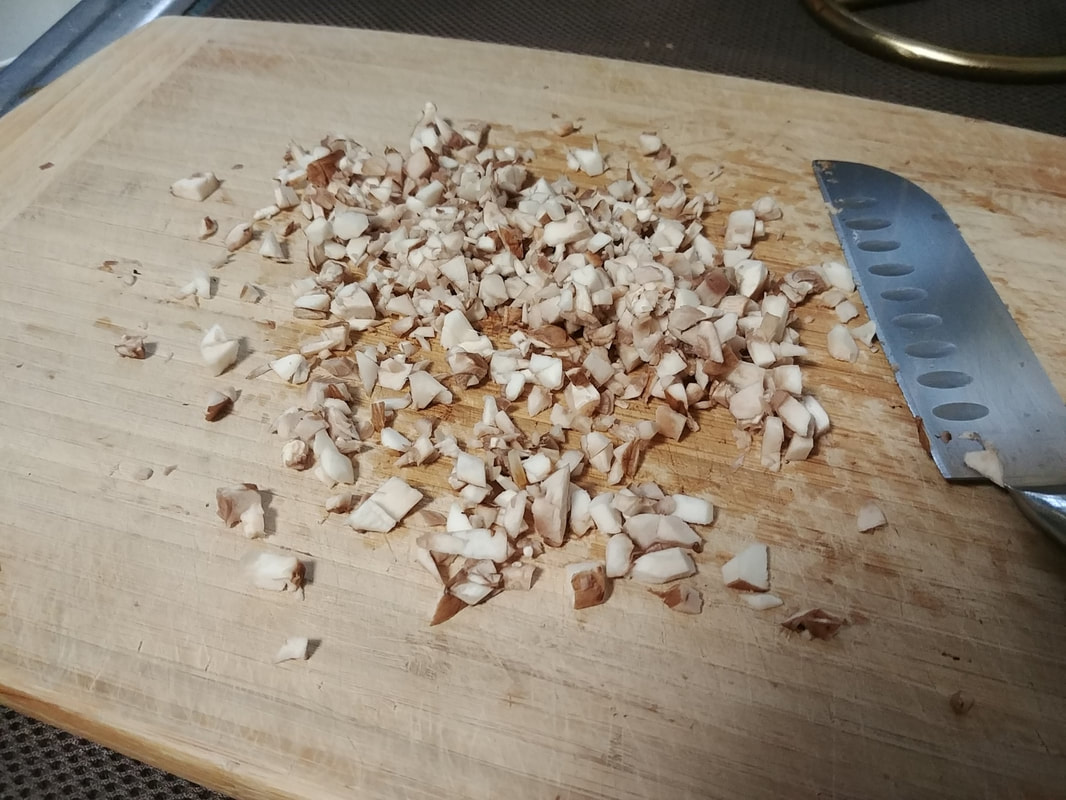

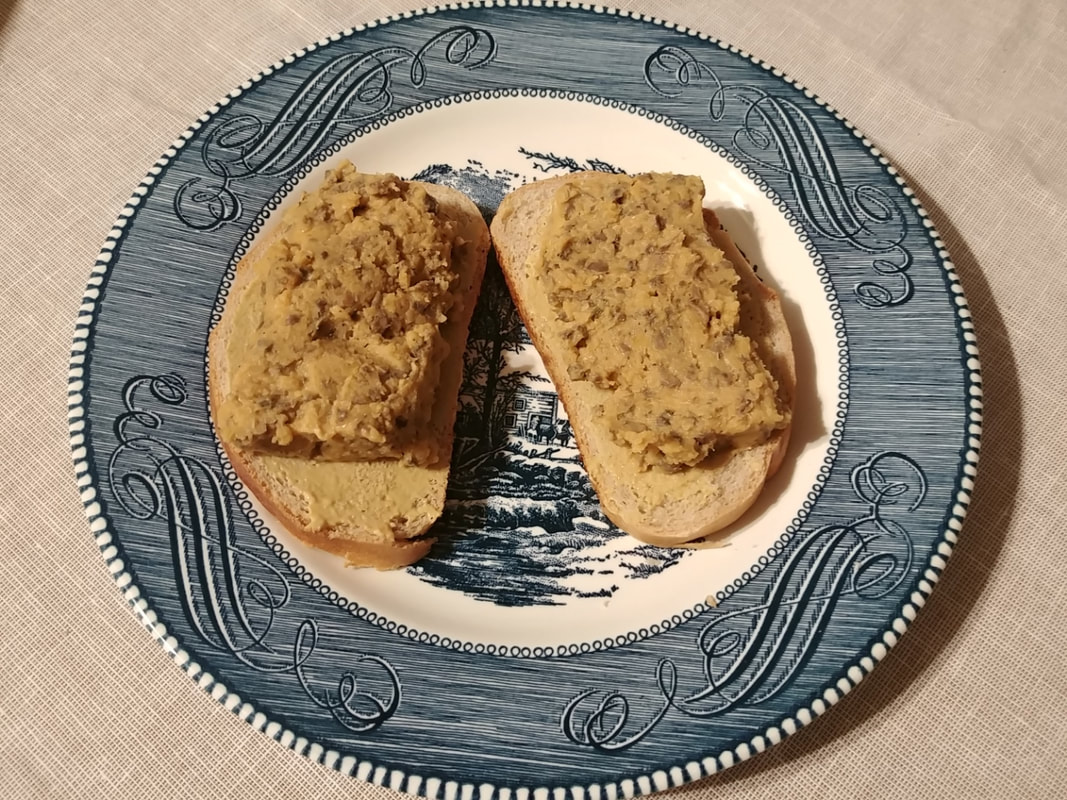

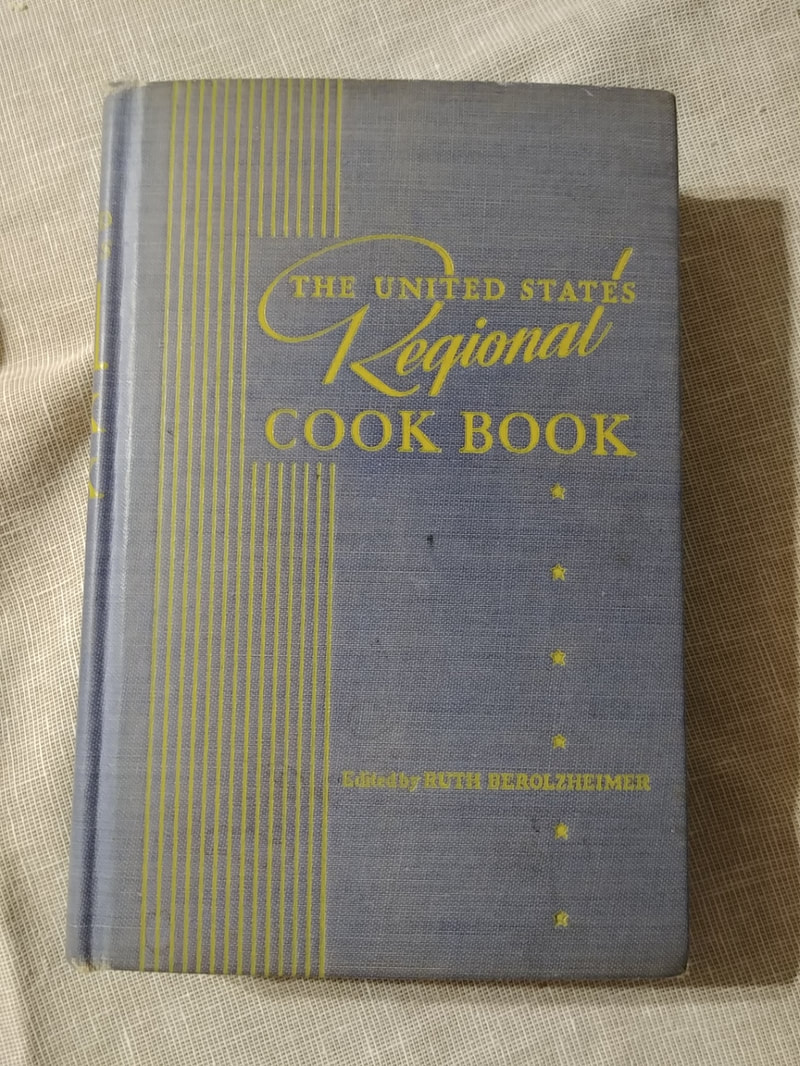
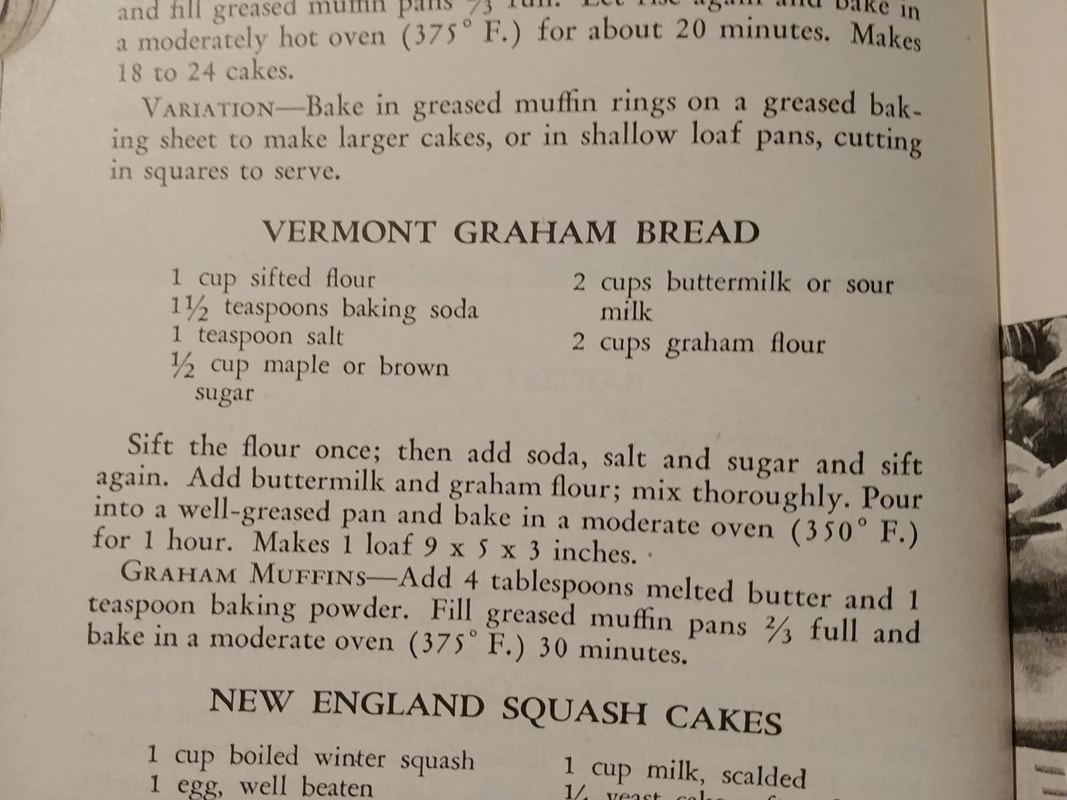


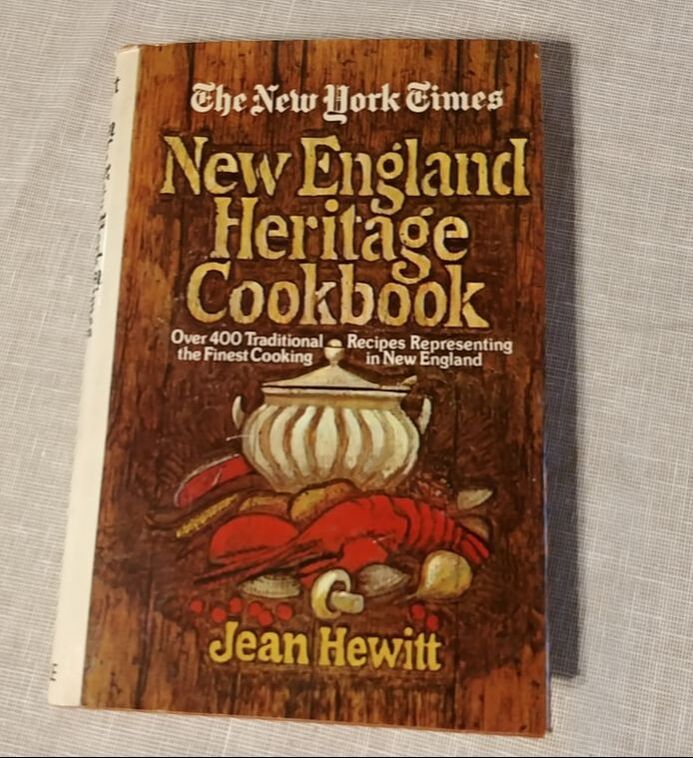
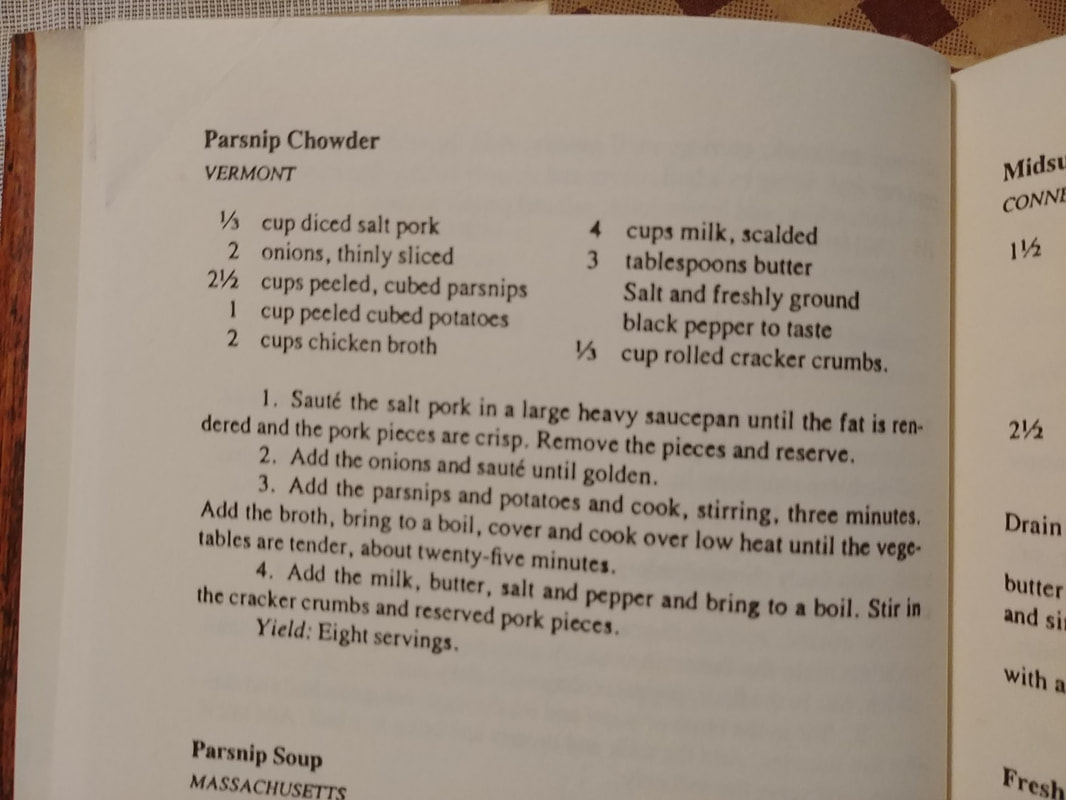

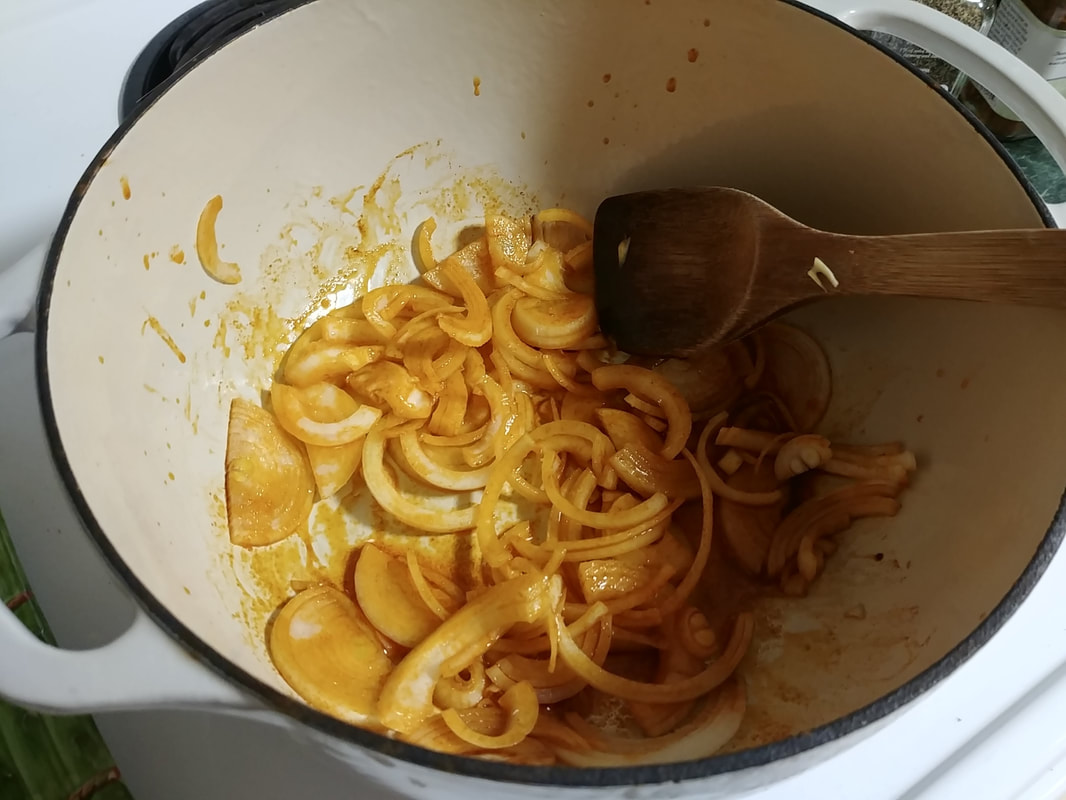


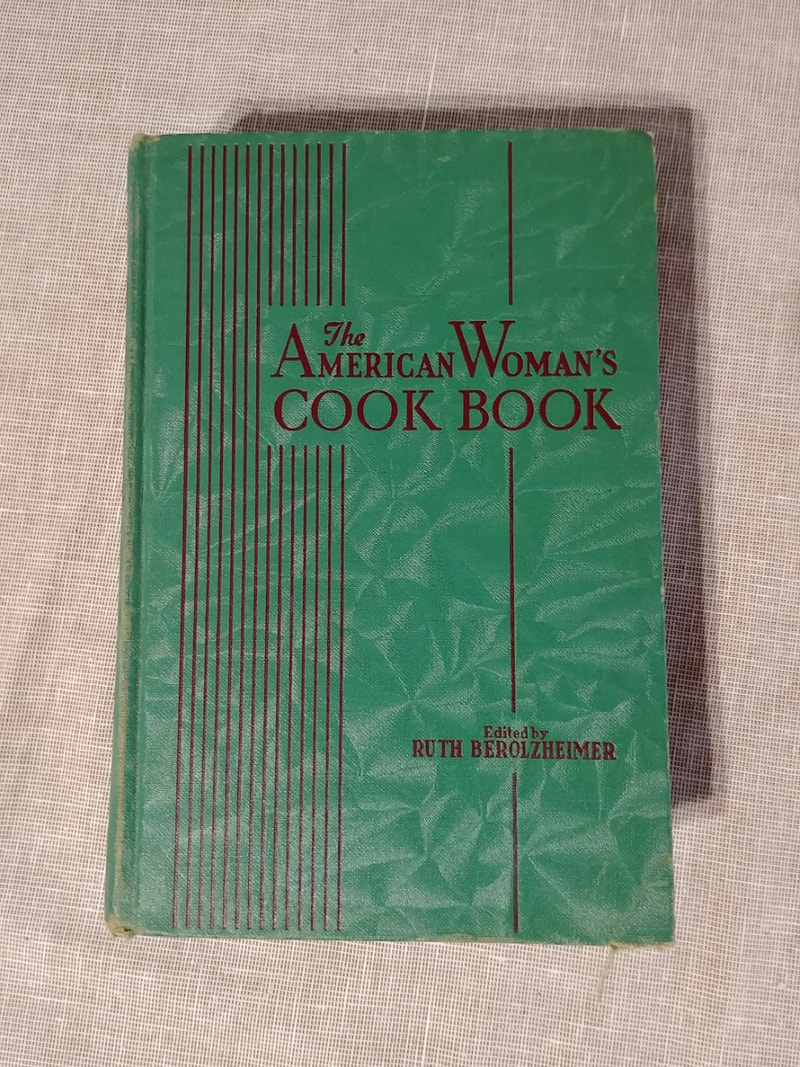


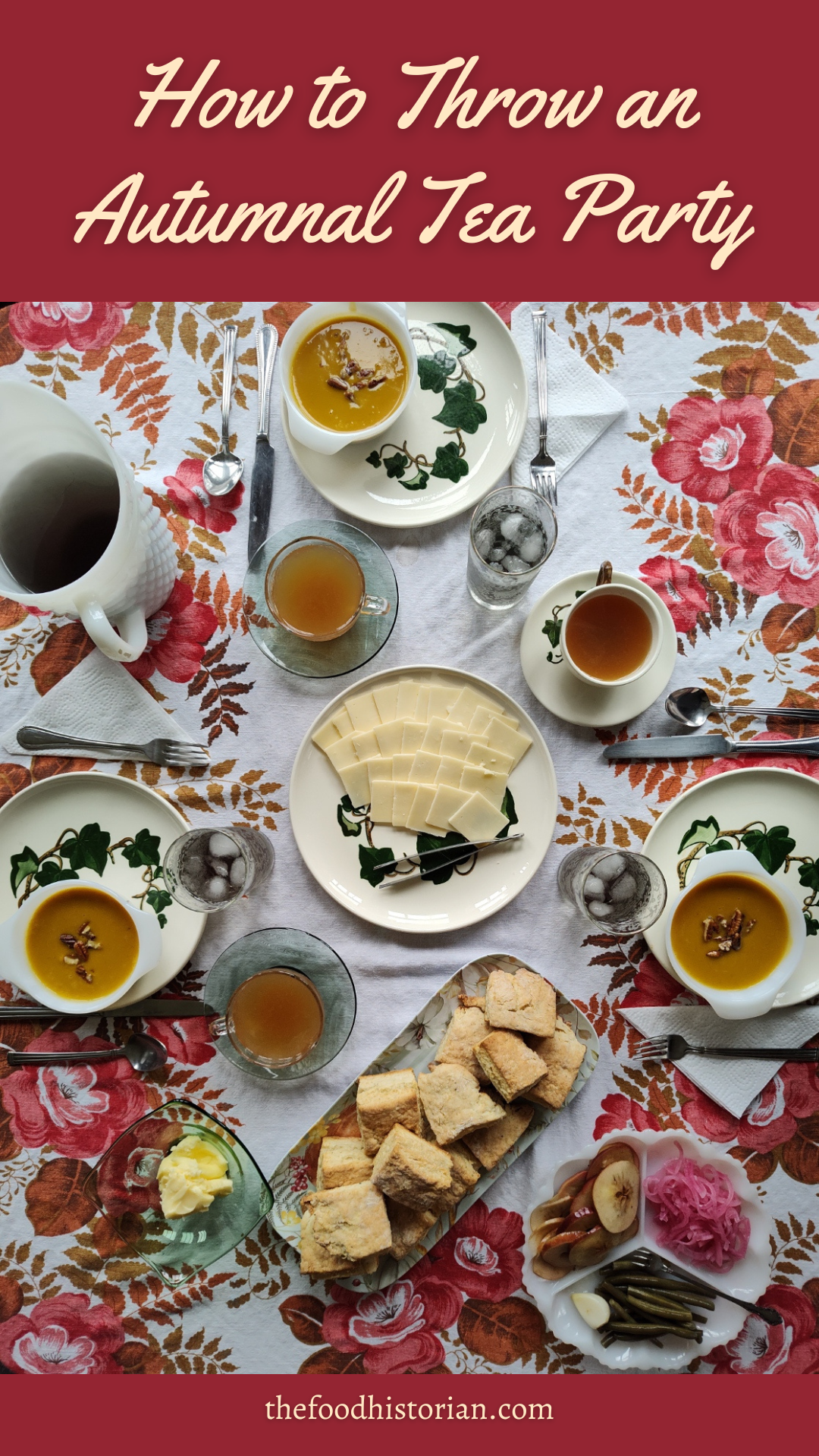


 RSS Feed
RSS Feed